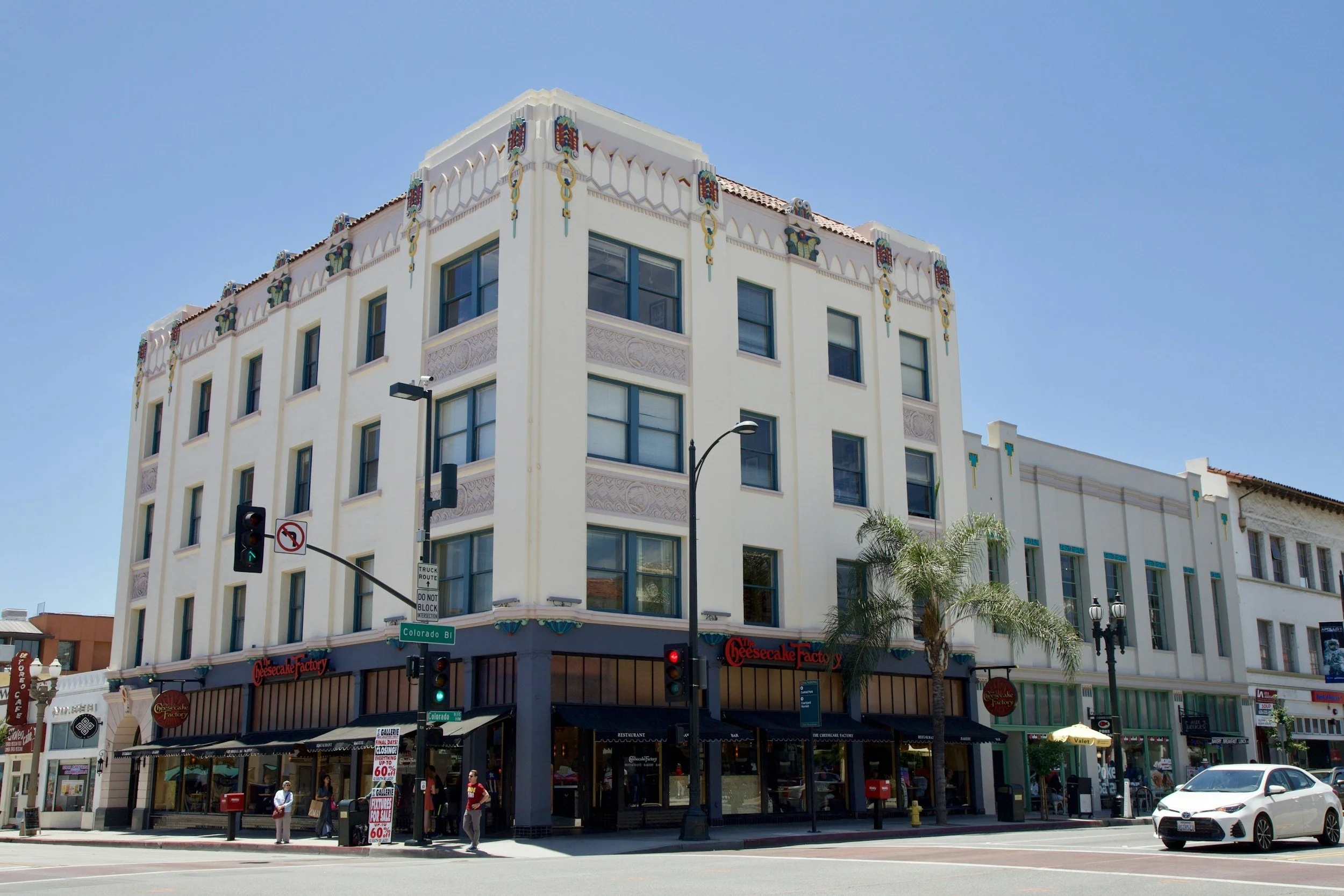Navigating Historic Preservation in Pasadena
Insights from a Former Pasadena Historic Preservation Commissioner
Preserving Pasadena’s Architectural Story
Pasadena’s beauty lies in its layered architectural history — from early Craftsman bungalows and Spanish Revival homes to sleek Mid-Century houses tucked into the hillsides. That sense of place doesn’t happen by accident. It’s carefully protected by the City’s Design & Historic Preservation section of the Planning Department, responsible for conducting design review of new development and alterations throughout the City of Pasadena. The section is also responsible for identifying, designating and reviewing alterations to and demolitions of historic resources.
“Having served as a Historic Preservation Commissioner for the City of Pasadena, I’ve seen how thoughtful planning can protect a home’s history while letting it evolve with modern life.”
— Carolina Santoro, Founder, The Permit Lab
Homeowners often come to the process excited about improving their property but unsure how to balance design goals with preservation standards. The good news? With early preparation, communication, and guidance, you can achieve both.
Understanding Pasadena’s Historic Review System
Historic review applies to properties that are:
Designated landmarks
Contributors to a designated historic district (such as Bungalow Heaven or Madison Heights)
Or identified on the California Historical Resources Inventory Database
If your property falls into one of these categories, exterior changes — even minor — may require review by the Historic Preservation Commission (HPC), City staff, or the Design Commission (for properties in the Central District) under the Historic Preservation Ordinance.
To get historic preservation project approval in Pasadena, you must first submit your project to the City of Pasadena's Planning Department for review, as new construction, alterations, additions, relocations, or demolitions within a historic site or district require a Certificate of Appropriateness (COA).
Depending on the location and size of the project, it is overseen by the Design Commission, Planning Staff (for Director’s approval), and/or Historic Preservation Commission.
Common Triggers for Historic Review
Certain exterior work almost always requires review or a Certificate of Appropriateness (COA):
Additions that change the roofline or massing
Window or door replacements visible from the street
Porch alterations, siding, or material changes
Demolitions or partial demolitions within landmark districts
All applications for Certificate of Appropriateness are evaluated using the Secretary of the Interior’s Standards. Properties in landmark & historic districts are also evaluated using the city’s Design Guidelines for Historic Districts.
💡 Permit Lab Tip: Always verify requirements before ordering materials or finalizing drawings. Confirming what’s needed early helps architects and contractors plan efficiently.
Engage Early — With Both the City and the Community
This is one of the most important — and most overlooked — steps. Pasadena’s neighborhoods are deeply invested in their architectural heritage. Early communication with your neighborhood association and adjacent property owners can turn potential objections into collaboration.
Why early outreach matters:
Neighborhood associations are often notified before formal hearings.
If neighbors are surprised, concerns may arise late in the process — slowing approvals.
Projects that engage neighbors early show transparency and respect for community context.
“In my experience, projects that include the neighborhood early move more smoothly through review. They demonstrate goodwill — something both staff and commissioners value.”
At The Permit Lab, we help clients prepare clear outreach materials and simple visuals to share with neighbors and associations before public hearings. This proactive step can prevent unnecessary redesigns later.
How to Prepare a Strong Submittal
A successful preservation submittal tells the story of your project clearly — visually and in writing. The City typically looks for:
Context photos of existing conditions
Drawings showing existing vs. proposed elevations
Material samples or cut sheets
A design narrative explaining how your project meets the Secretary of the Interior’s Standards
Optional renderings to demonstrate compatibility
With a complete, organized package, you make it easier for staff, commissioners, and neighbors to see how your project preserves Pasadena’s architectural integrity.
Balancing Preservation and Modern Living
Historic preservation doesn’t mean freezing your home in time. Many successful Pasadena projects blend old and new seamlessly:
Rear additions that preserve the front façade
Discreet ADUs or JADUs behind the main residence
Sustainable upgrades like solar panels or new insulation
Fire-resistant materials that mimic original textures in hillside or Very High Fire Hazard Severity Zones
Compatibility is key — scale, proportions, and materials should feel cohesive rather than imitative.
Intent matters as much as design. A well-documented, thoughtful proposal is far more likely to earn support from both staff and the Commission.
How The Permit Lab Can Help
With years of experience inside as a former Historic Preservation Commissioner, Carolina understands what Pasadena reviewers look for — and how to present projects that succeed.
Our services include:
Historic resource determinations
Coordination with preservation staff and neighborhood associations
Preparation of COA applications and design narratives
Permit submittal and tracking through approval
“Our goal is to make the process collaborative, not combative — helping you meet the City’s requirements while realizing the home you love.”
Moving Forward with Confidence
If your property is located in a Pasadena historic or landmark district or you’re planning exterior changes to a period home, start your planning early. The earlier you coordinate with the City and your neighbors, the smoother your approval will be.
The Permit Lab can guide you through Pasadena’s historic preservation process with clarity, efficiency, and insider expertise.
📞 Ready to Get Started? Let’s make your project both beautiful and compliant. Contact us for a free consultation. To learn more about how we work, visit our Services & Fees page.

